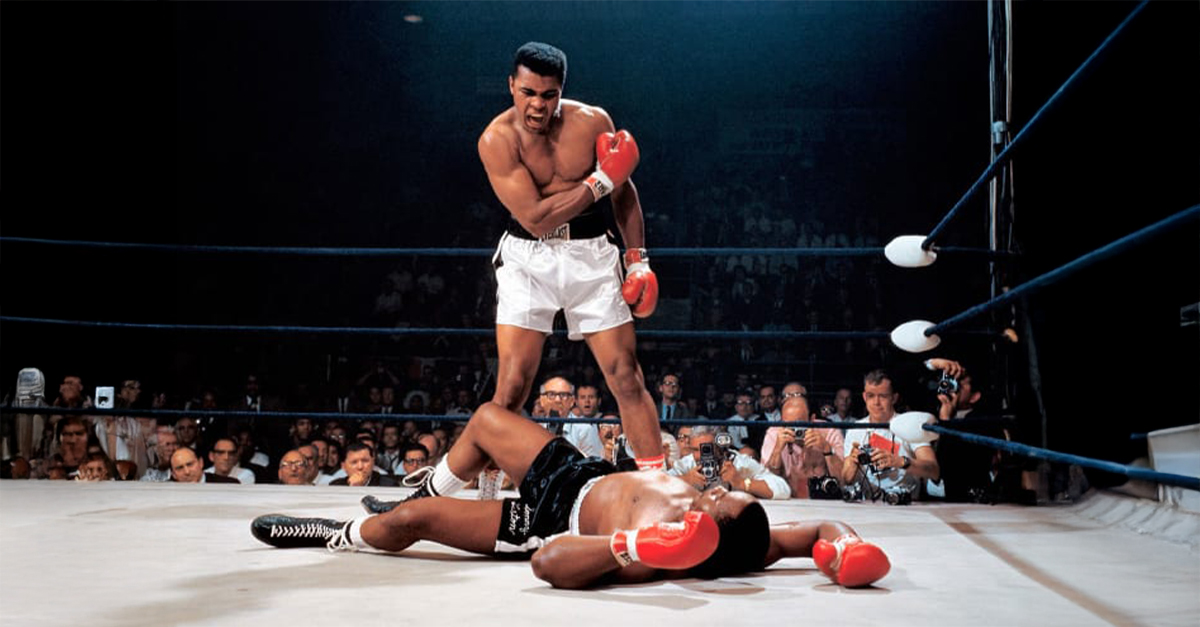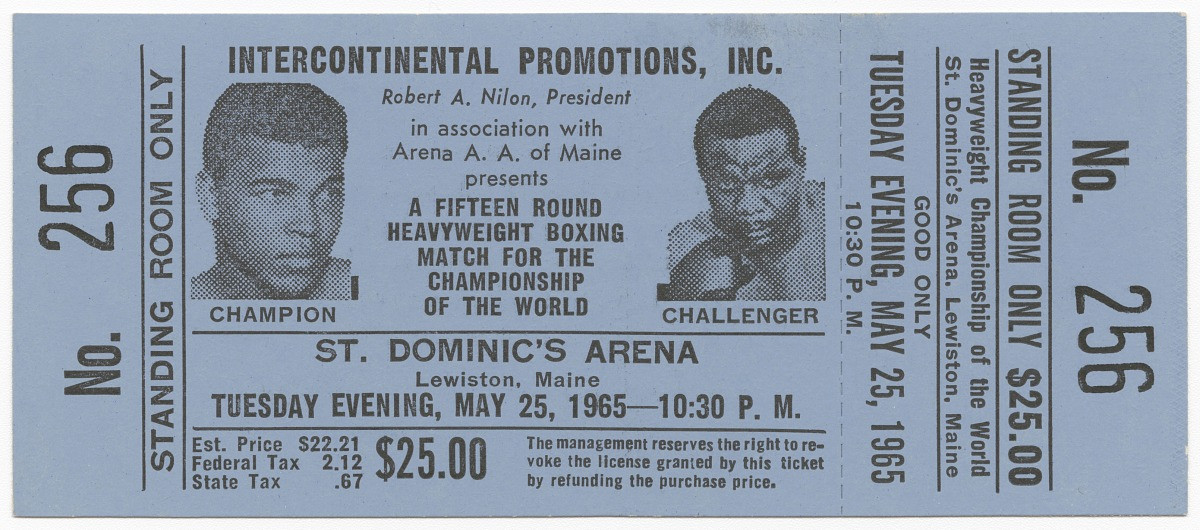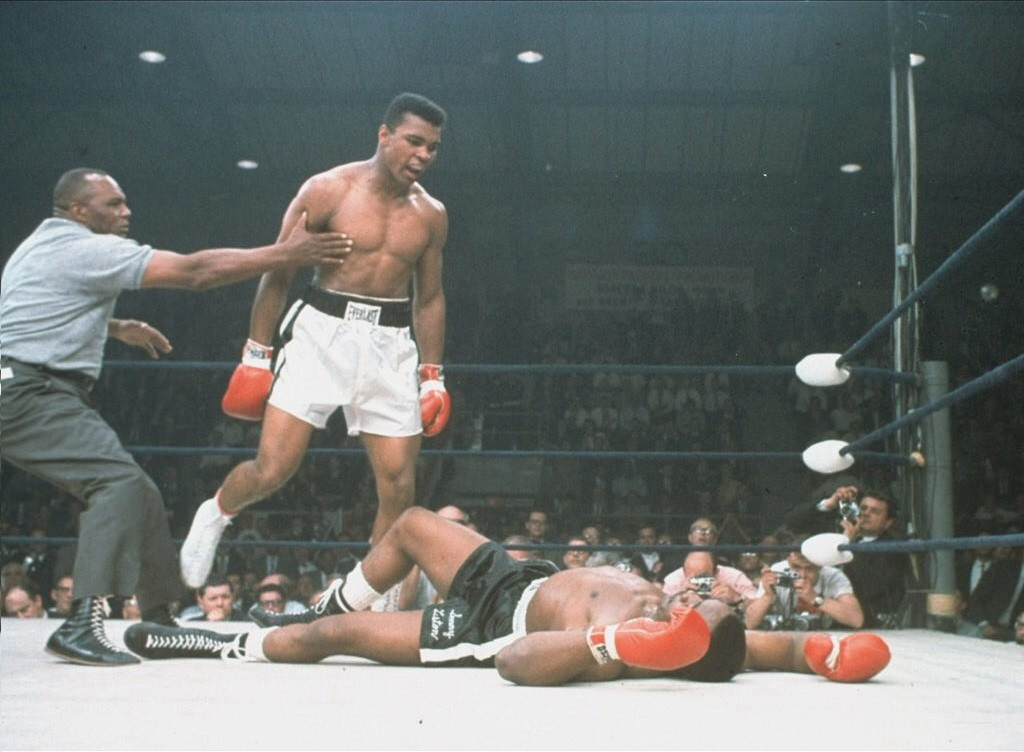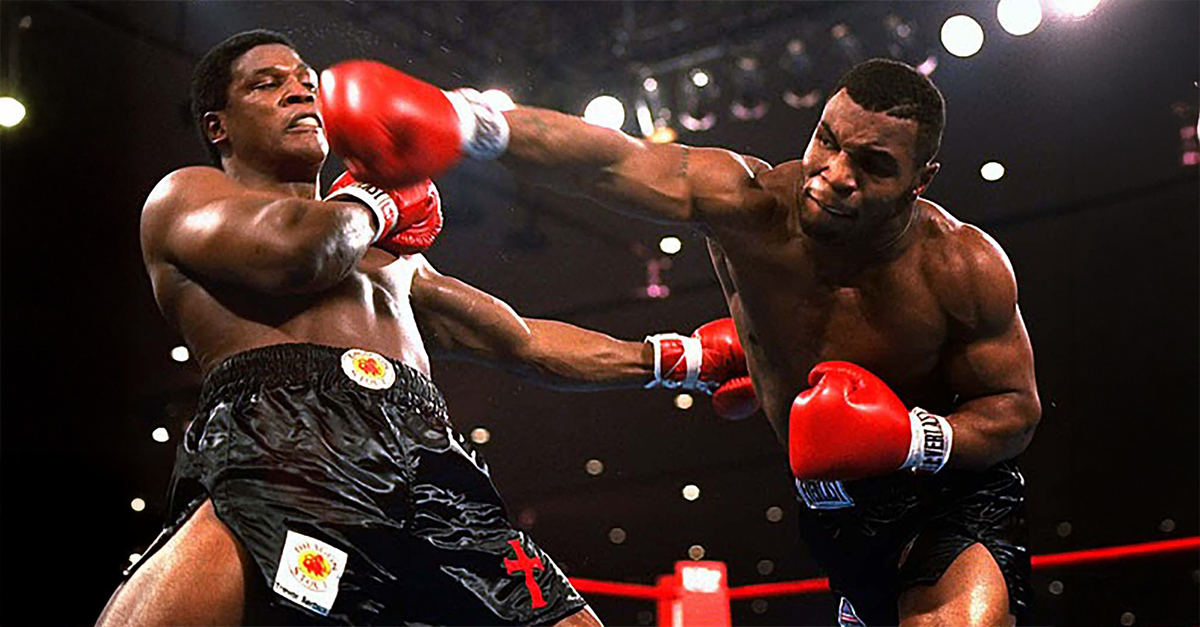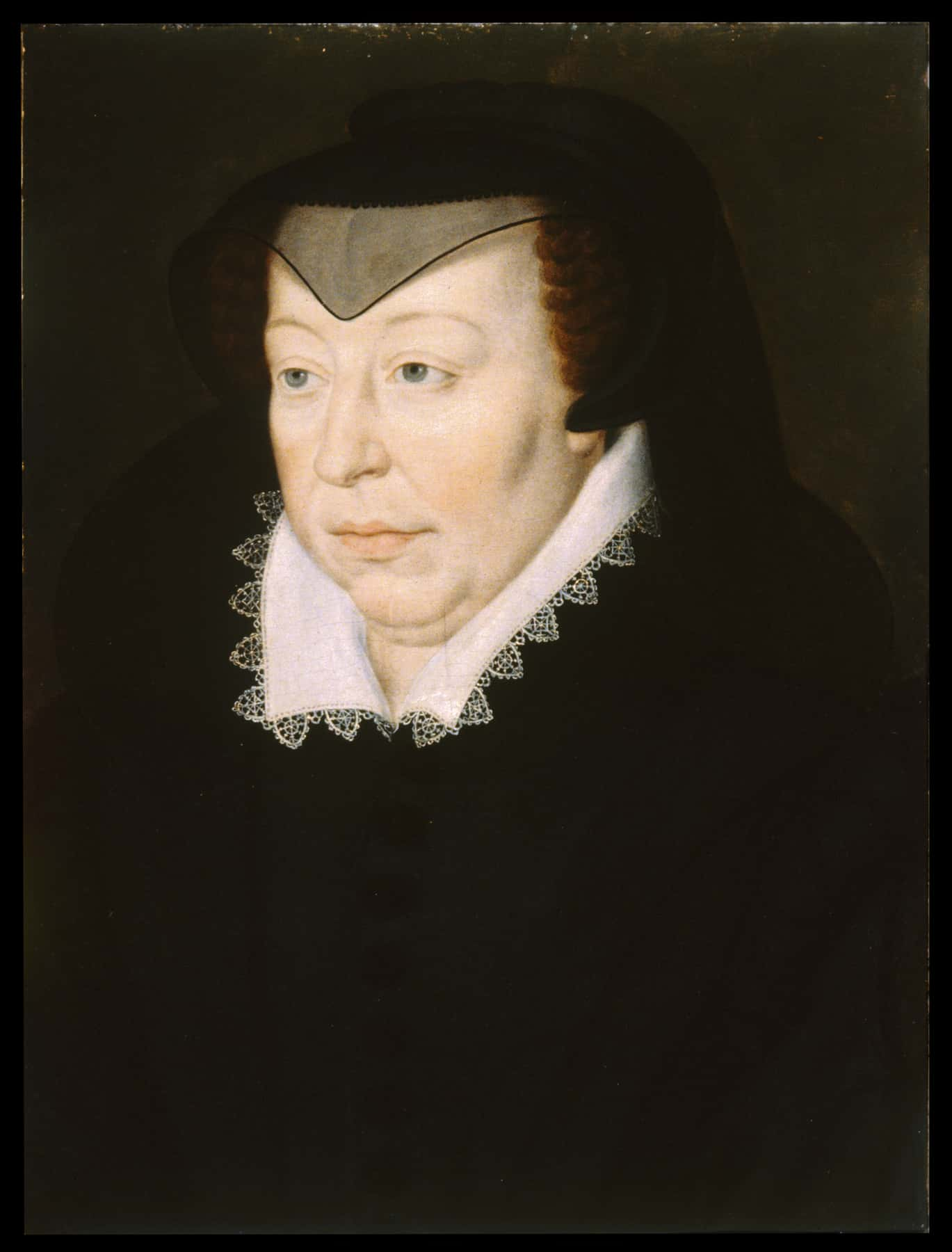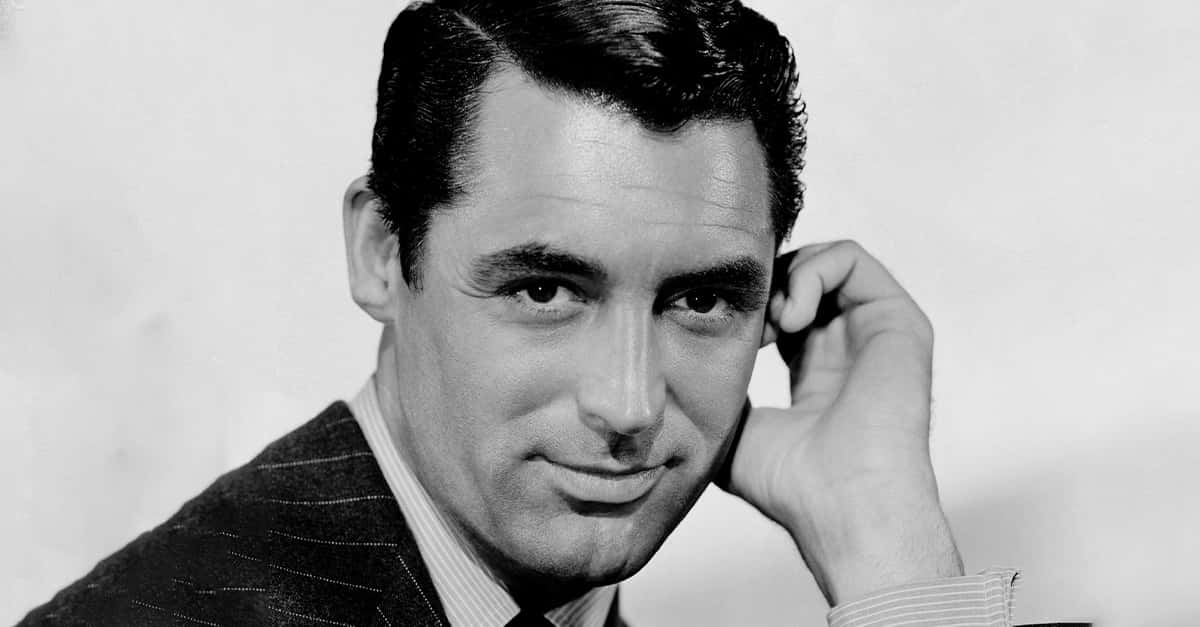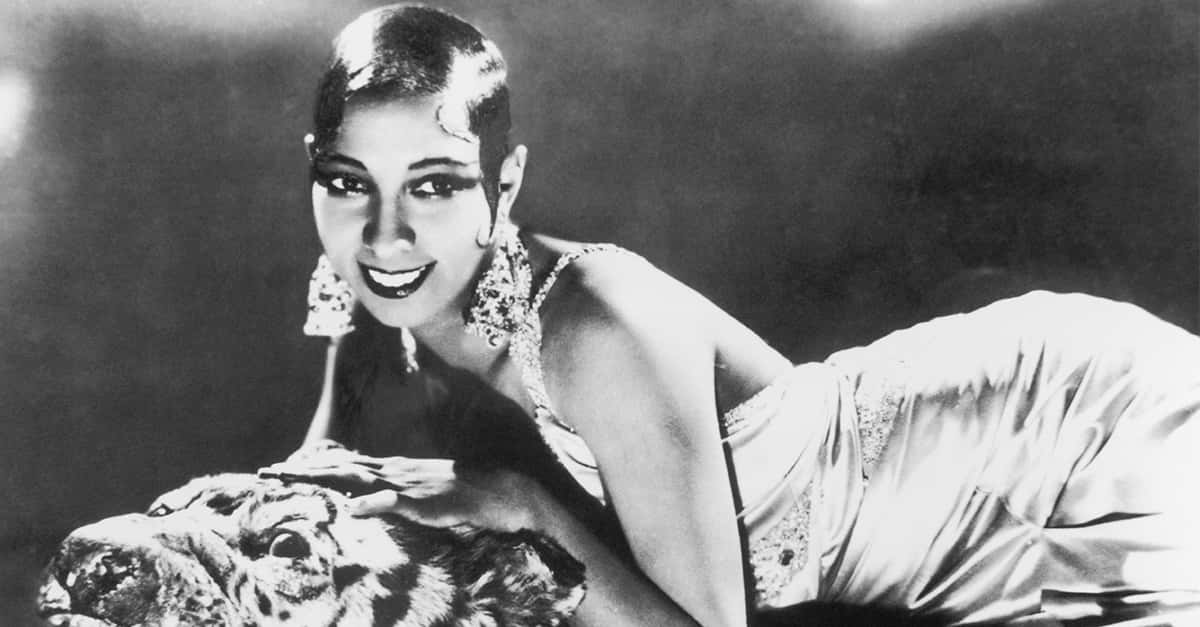On May 25, 1965, Muhammad Ali took on Sonny Liston in a rematch of their 1964 fight. Held in the unlikely town of Lewiston, Maine, the event was clouded by by an atmosphere of fear and suspicion. The fight lasted barely more than a minute, with Ali’s “phantom punch” knocking Liston to the canvas. Fans and historians still argue over what really happened that night.
They Made A Strange Choice Of Venue
The fight’s location raised eyebrows from the start. Originally scheduled for Boston, the bout was moved to Lewiston, Maine 10 days before fight night due to security concerns and Ali’s ties to the Nation of Islam. Massachusetts officials revoked the fight permit amid death threats and fears of civil unrest. Lewiston, a quiet mill town with no history of hosting major sporting events, became the impromptu stage for a world heavyweight title fight.
The Atmosphere Was Thick With Tension
The buildup to the fight was rife with paranoia. Ali had recently converted to Islam and aligned himself with the Nation of Islam, a group viewed with suspicion and fear in 1960s America. Meanwhile, Sonny Liston was seen as a menacing figure with reputed mob ties. Rumors swirled that both fighters were targets of assassination, prompting tight security and nervous energy throughout the small town.
The Fight Lasted Mere Seconds
The bout barely got going before it was over. Just 1 minute and 44 seconds into the first round, Ali threw a quick right that snapped Liston’s head back. Liston crumpled to the canvas. Referee Jersey Joe Walcott seemed uncertain about what to do. Chaos ensued as Ali stood over Liston, taunting him with the now-iconic “Get up and fight, sucker!” stance.
Liston Got Up And Continued
Incredibly, referee Walcott never started a count and Liston rose to his feet after being on the canvas for close to ten seconds. Walcott asked Liston if he was alright, after which he allowed the fight to continue. Liston appeared to be fine as he squared off again with Ali for a few seconds, at which time Walcott stepped in and stopped the fight. Confusion reigned.
He Threw A Phantom Punch
The punch that ended the fight—later dubbed the “phantom punch”—was so fast and subtle that many in the crowd didn’t see it land. Even on replays, it didn’t appear powerful enough to knock out a fighter as tough as Liston. Spectators were stunned, unsure if they had witnessed a legitimate knockout or a farce. Some booed. Others stood in silence, trying to make sense of the whole thing.
Rumors Of A Fix Swirled
Immediately after the fight, rumors of a fix exploded. Some thought Liston took a dive to repay debts to mobsters. Others thought he feared retaliation from the Nation of Islam if he beat Ali. Others thought Liston worried about an attempt on Ali's life. The fact that Liston lay on the canvas so long without clear reason only added fuel to the fire.
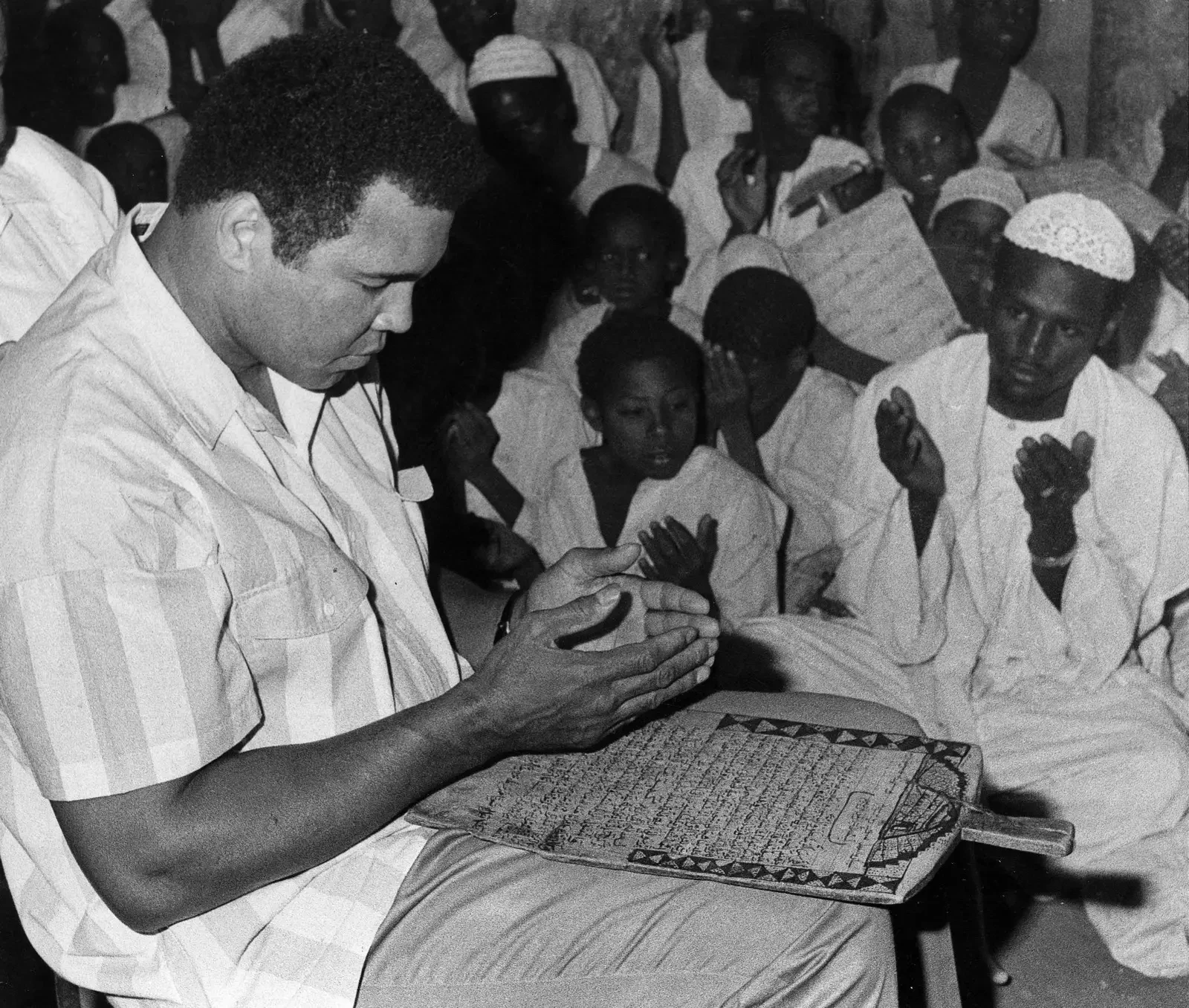 Unknown authorUnknown author, Wikimedia Commons
Unknown authorUnknown author, Wikimedia Commons
Ali Described His Anchor Punch
Ali insisted the knockout was legitimate, calling the punch a lightning-fast anchor punch that caught Liston off-guard. According to Ali and his trainer Angelo Dundee, the punch was so quick and precise that it knocked Liston out before he could react. Ali later claimed he’d practiced the move in training and that its speed, not brute force, was what made it so effective.
The Controversy Refused To Die Down
The controversy clouded both fighters’ reputations, at least temporarily. Many sportswriters and boxing insiders thought Liston had quit. Ali faced accusations that his performance was theatrical and that the fight was a disgrace to the sport. The Maine State Boxing Commission launched an investigation, but no real evidence of a fix was ever found.
Liston Declined
Sonny Liston never fully regained his public image. He continued fighting and won several bouts after Lewiston, but he was never again viewed as a threat to the heavyweight crown. He died in 1970 in mysterious circumstances, fueling speculation about his life, his connections, and the night he fell to Ali’s phantom punch.
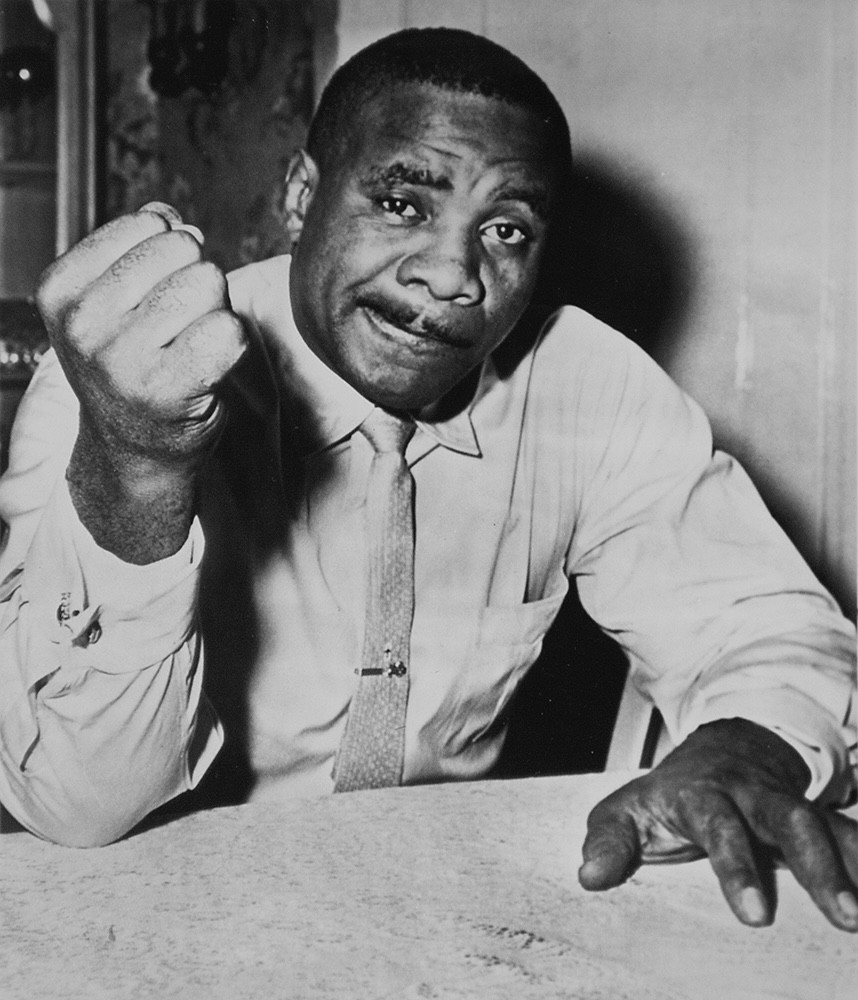 Unknown photographer, Wikimedia Commons
Unknown photographer, Wikimedia Commons

History's most fascinating stories and darkest secrets, delivered to your inbox daily.
Ali’s Star Continued To Rise
For Muhammad Ali the fight was a turning point. Though controversial, the rematch helped cement his persona as a brilliant boxer and media-savvy showman. The photo of Ali standing over Liston became an iconic image in sports history. In the years to come Ali’s legend would grow inside and outside the ring.
It Was A Night Like No Other
The second Ali-Liston fight was one of the strangest in boxing history. Whether you believe it was fixed or not, the Lewiston bout reflected the turbulent times of the 1960s marked by fear, change, and confrontation. For Liston it was the beginning of a decline, but for Ali it was one more step on the path of a legend.
You May Also Like:
Heavyweight Facts About George Foreman, The Boxer Who Turned It Around
Fighting Facts About Harry Haft, The Toughest Boxer Of All Time

